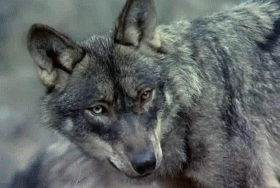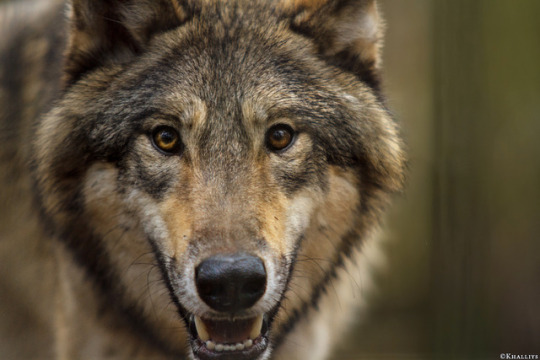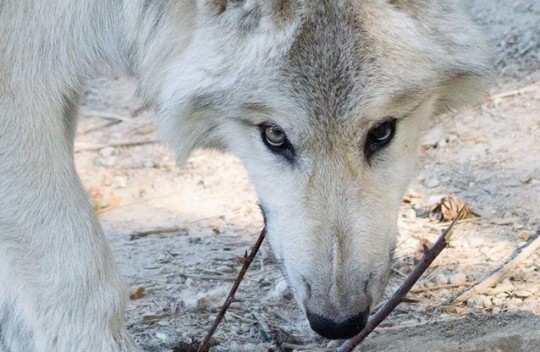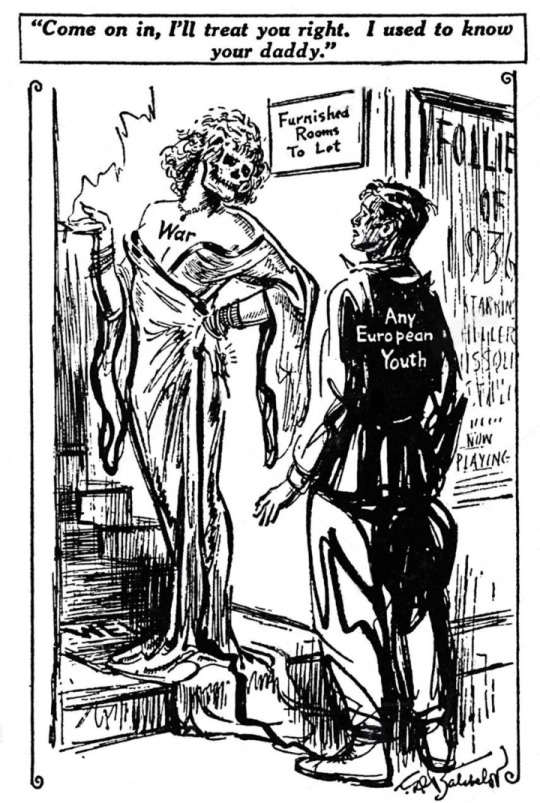a shitposting tumblr@faolrougelune and @faolrougelunedrawings are the serious artsy ones
Don't wanna be here? Send us removal request.
Text
Imagine meeting the most handsome goofiest genderweird butch you've ever seen and she has a dedicated probably monogamous boyfriend who to be fair is actually a pretty cool dude and you're devastated that you can't shoot your shot. Then you find out that up until last year boyfriend was certain he was gay and then he met this handsome goofy genderweird butch and was like oh I like women. Or at least women who are also men sometimes. So I'm bisexual. Also to make things more confusing they're both veterans who are actually pretty staunchly anti-military and hate every admiral they've ever encountered and the butch only went into the military because she desperately needed healthcare coverage for her father and the boyfriend was like. A legacy military brat who realized this is all pretty fucked actually. Congratulations you have encountered modern day Mulan and Li Shang
39K notes
·
View notes
Text
52K notes
·
View notes
Photo






Dutch longsword fencer Tosca Beuming
Photographed by Martin Philippo and Andress Kools
80K notes
·
View notes
Text
Writing Tips
Punctuating Dialogue
✧
➸ “This is a sentence.”
➸ “This is a sentence with a dialogue tag at the end,” she said.
➸ “This,” he said, “is a sentence split by a dialogue tag.”
➸ “This is a sentence,” she said. “This is a new sentence. New sentences are capitalized.”
➸ “This is a sentence followed by an action.” He stood. “They are separate sentences because he did not speak by standing.”
➸ She said, “Use a comma to introduce dialogue. The quote is capitalized when the dialogue tag is at the beginning.”
➸ “Use a comma when a dialogue tag follows a quote,” he said.
“Unless there is a question mark?” she asked.
“Or an exclamation point!” he answered. “The dialogue tag still remains uncapitalized because it’s not truly the end of the sentence.”
➸ “Periods and commas should be inside closing quotations.”
➸ “Hey!” she shouted, “Sometimes exclamation points are inside quotations.”
However, if it’s not dialogue exclamation points can also be “outside”!
➸ “Does this apply to question marks too?” he asked.
If it’s not dialogue, can question marks be “outside”? (Yes, they can.)
➸ “This applies to dashes too. Inside quotations dashes typically express—“
“Interruption” — but there are situations dashes may be outside.
➸ “You’ll notice that exclamation marks, question marks, and dashes do not have a comma after them. Ellipses don’t have a comma after them either…” she said.
➸ “My teacher said, ‘Use single quotation marks when quoting within dialogue.’”
➸ “Use paragraph breaks to indicate a new speaker,” he said.
“The readers will know it’s someone else speaking.”
➸ “If it’s the same speaker but different paragraph, keep the closing quotation off.
“This shows it’s the same character continuing to speak.”
107K notes
·
View notes
Text
It’s the healthy thing to do.
Not so long ago, I met a trans guy who said he was a lesbian. And I was about to argue. Then it went like this:
« …
…
……
Yeah ok sure ? »
Because truth be told, wasn’t my business and the fact I found the idea stupid wasn’t his problem ether.
You find it weird, dumb or cringe, but it doesn’t affect you? Shut the fuck up and let it flow.
i feel like a lot of discourse around identities could just be boiled down to “you could not pay me to care about this”
46K notes
·
View notes
Photo




Bicolour eyed wolves appreciation post [x] [x] [x] [x]
9K notes
·
View notes
Photo

Wolves cooperate but dogs submit, study suggests
19 August 2014
For dog lovers, comparative psychologists Friederike Range and Zsófia Virányi have an unsettling conclusion. Many researchers think that as humans domesticated wolves, they selected for a cooperative nature, resulting in animals keen to pitch in on tasks with humans. But when the two scientists at the Messerli Research Institute at the University of Veterinary Medicine Vienna studied lab-raised dog and wolf packs, they found that wolves were the tolerant, cooperative ones. The dogs, in contrast, formed strict, linear dominance hierarchies that demand obedience from subordinates, Range explained last week at the Animal Behavior Society meeting at Princeton University. As wolves became dogs, she thinks, they were bred for the ability to follow orders and to be dependent on human masters.
Range and Virányi developed their new portrayal of dogs and wolves by giving a series of tests to socialized packs of mixed-breed dogs and wolves, four packs of each species, containing anywhere from two to six animals each. The scientists raised all the animals from about 10 days old at the Wolf Science Center in Game Park Ernstbrunn, Austria, living with them 24 hours a day until they were introduced to pack life, so that they were accustomed to humans.
Range and her colleagues tested the dogs’ and wolves’ tolerance for their fellow pack members with a mealtime challenge. The researchers paired a high-ranking dog with a low-ranking pack buddy and set out a bowl of food, then gave the same challenge to a pair of wolves. In every matchup, “the higher ranking dog monopolized the food,” Range told the meeting. “But in the wolf tests, both high- and low-ranking animals had access” and were able to chow down at the same time. At times, the more dominant wolves were “mildly aggressive toward their subordinates, but a lower ranking dog won’t even try” when paired with a top dog, Range said. “They don’t dare to challenge.”
Wolves also beat the hounds on tests that assessed whether the canids were able to follow the gaze of their fellows to find food. “They are very cooperative with each other, and when they have a disagreement or must make a group decision, they have a lot of communication or ‘talk’ first,” Range said. The same was not true for the center’s dog packs; for even the smallest transgression, a higher ranked dog “may react aggressively” toward one that is subordinate.
Range and Virányi suspect that the relationship between dogs and humans is hierarchical, with humans as top dogs, rather than cooperative, as in wolf packs. The notion of “dog-human cooperation” needs to be reconsidered, Range said, as well as “the hypotheses that domestication enhanced dogs’ cooperative abilities.” Instead, our ancestors bred dogs for obedience and dependency. “It’s not about having a common goal,” Range said. “It’s about being with us, but without conflict. We tell them something, and they obey.”
“It’s wonderful work,” says James Serpell, an ethologist at the University of Pennsylvania. “But it’s not what the dog training community wants to hear; you can’t say the word ‘dominance’ around them. Does dominance exist as a phenomenon in dogs? The answer is clearly ‘yes,’ ” Serpell says, although he notes that there are breed differences. Other researchers, for example, have shown that when in packs, poodles and Labrador retrievers are more aggressive than are malamutes and German shepherds.
Monique Udell, an animal behaviorist at Oregon State University, Corvallis, says her own study of dog and wolf behavior, also presented at the meeting, supports Range’s contention that dogs are waiting for orders. To find out if dogs are “independent problem solvers,” she presented 20 adult dogs (10 pets and 10 from shelters) with sealed containers of summer sausage. Each animal was allotted 2 minutes to open it. Ten captive wolves were given the same test. Not one of the adult dogs succeeded; most did not even try. Meanwhile, eight of the 10 wolves opened the container in less than 2 minutes. So did dog puppies, indicating that dogs are no less capable of the task than wolves, but “as the dog grows and becomes more dependent on its human owner that [independent] behavior is inhibited,” Udell said.
Underscoring the point, she found that adult pooches could open the container after all—when their human owner told them to do so. Because dogs “suppress their independence, it’s difficult to know what their normal problem-solving abilities are,” she told the meeting.
It may be that we have to give Fido a command to find out.
Source
2K notes
·
View notes
Text



Wolf skull age progression. ~2 months, ~4, months, and old. The two babies both have all deciduous teeth, except a couple of the teenager's incisors. What a difference 2 months can make!
All taken legally (😭)
154 notes
·
View notes
Text
I normally don't repost stuff but OMFG
if anyone finds the op on douyin I'm grateful 🙏
51K notes
·
View notes
Text
First humans ever to leave the solar system suddenly drop out of communications and the ship can't be found with any equipment. After one month of no contact their home countries start reluctantly holding funerals for the space heroes only for them all to turn up, healthy, well fed and extremely disoriented, in the middle of Tokyo, talking about alien abduction. Turns out that aliens found the poor humans straying out of their solar system, presumably lost, and took them to Alien Wildlife Rehabilitation before dumping them back in the middle of their native habitat.
48K notes
·
View notes
Text


Koi Dog No. 52
It’s a dog! It’s a fish! It’s way cuter than either of those! This cutie and their family were designed to feature some of the super bright new dye colors I’ve been enjoying working with. Since I dye all my own colors, it’s really fun to discover new shades and possibilities!
This piece and a selection of others will be available at Texas Furry Fiesta April 11-13th!
100 notes
·
View notes







